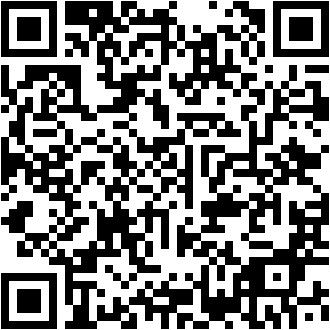Sculpture Route
Description of the route
Section 1:
We start at the Aqueduct, dating from the 16th century, which collected water from the Sierra del Torno and Cabezabellosa mountains, reaching the cistern of the Alcazar, which no longer exists; we continue down Avenida Juan Carlos I and on the left we find La Torre Lucía, the only defensive tower still standing on the wall. We enter it, visiting the wall.
Section 2:
We leave and go down the outside of the wall, passing through the Postigo de Santiago where the remains of the butcher’s shop were thrown to reach the Puerta del Carro below.
Section 3
We continue on our right and arrive at the Puerta del Sol, dating from the 17th century, reformed so that carriages could pass through it; a Virgin known as the Virgen de la Paz (Virgin of Peace) can be seen at the top. In front of this gate we can see the statue of the founder of the city in 1186, King Alfonso VIII.
Section 4
We turn right at Puerta del Sol and continue along the Avenida Alfonso VIII and come across the Puerta de Talavera, which takes its name from the road to Talavera de la Reina; it was demolished at the beginning of the 18th century with the visit of King Felipe V.
Section 5
We continue along the inside of the wall along Calle Incarnación, arriving at the Postigo de Santa María; at this point we can see the 16th-century Virgen de la Guía (Virgin of the Guide) on the back of the Cathedral. If we cross the pavement we can see the ‘Ensolado’, a marvellous back terrace where we can see the cathedral as a whole.
Section 6
We continue along the same avenue as before and find the Puerta de Trujillo on our right; above it is the Ermita de la Salud (Chapel of Health) from the 18th century. The coat of arms of the Catholic Monarchs can be seen on this gate.
Section 7
We go along Calle Eulogio González to find the Puerta de Coria, so called because of the passage to the road to Coria; it has a semicircular arch with a representation of a human being with a scale in his hands. Next to it, we see the Church of La Magdalena, an interesting Romanesque apse.
Section 8
We continue along Higuerillas street, seeing the restoration of the wall, a magnificent walk around to see the next gate which is La Puerta de Berrozana, continuously reformed; there is a shield of the Catholic Monarchs and the Archangel St. Michael with his sword and cross. Next to it is the Alhóndiga building.
Final Section
We continue along Ronda Salvador to reach the Postigo del Salvador which leads us to our final point of the route at the Church of El Salvador.
- ,Distance: 2,75km
- Estimated time: 45'

